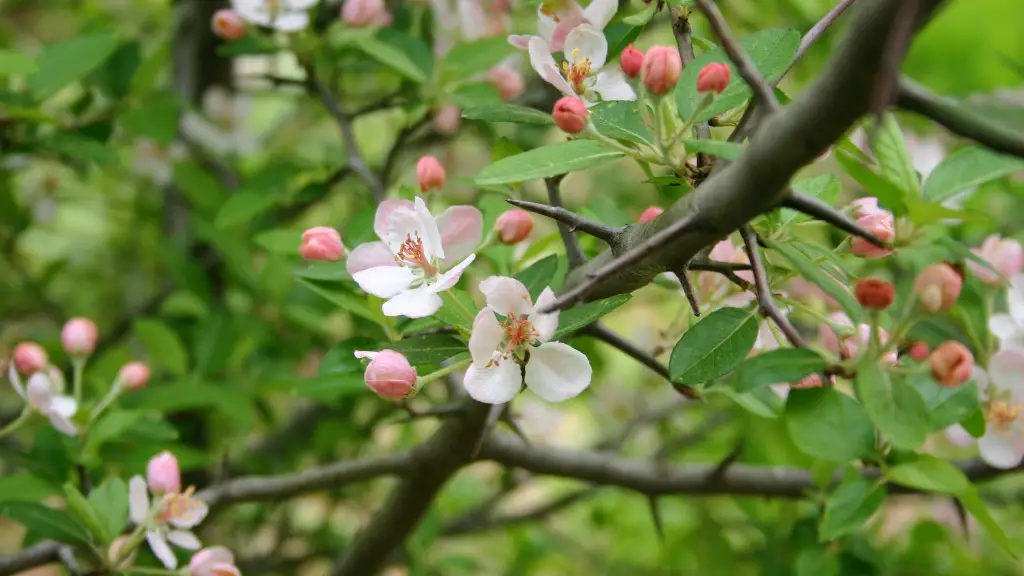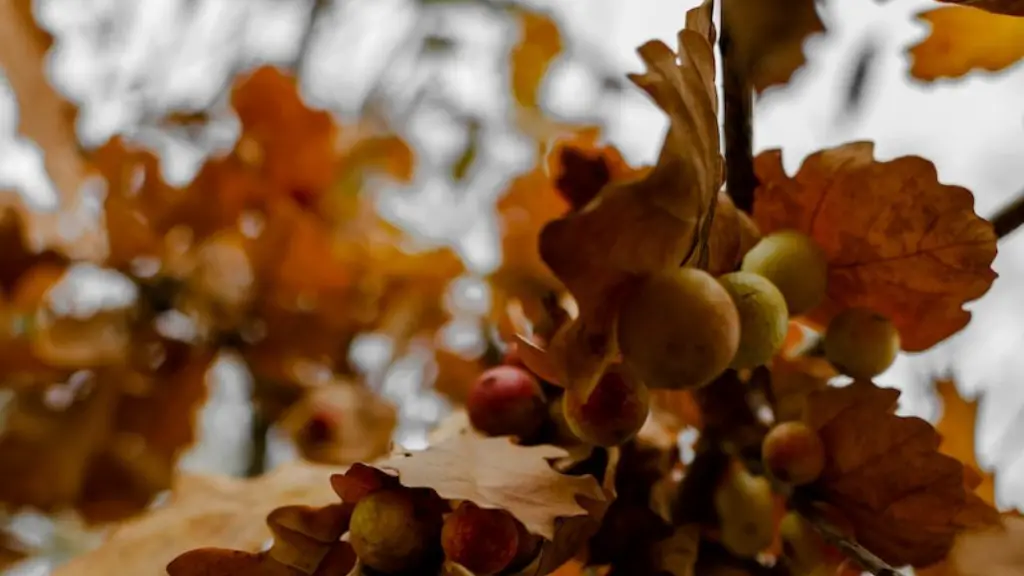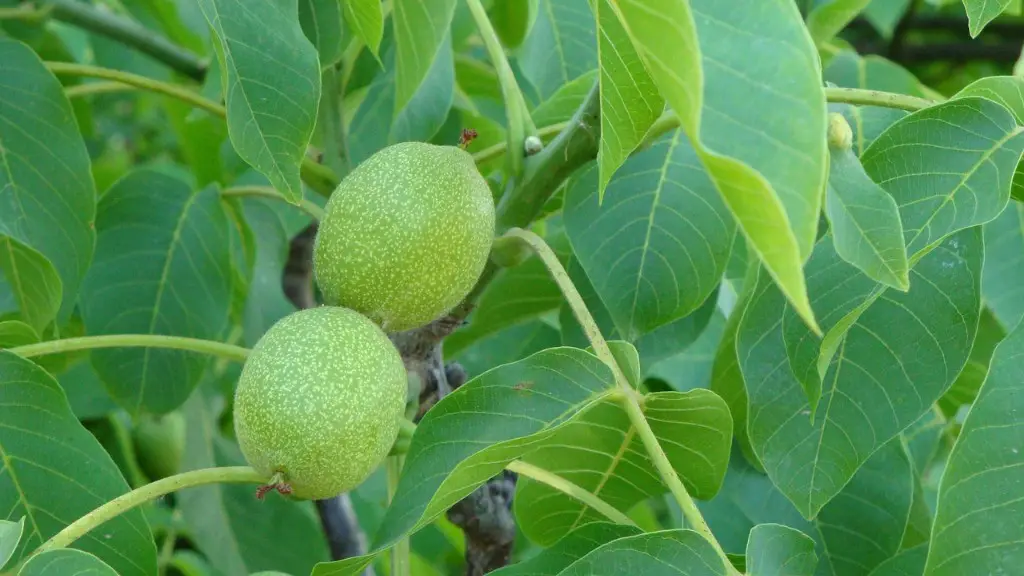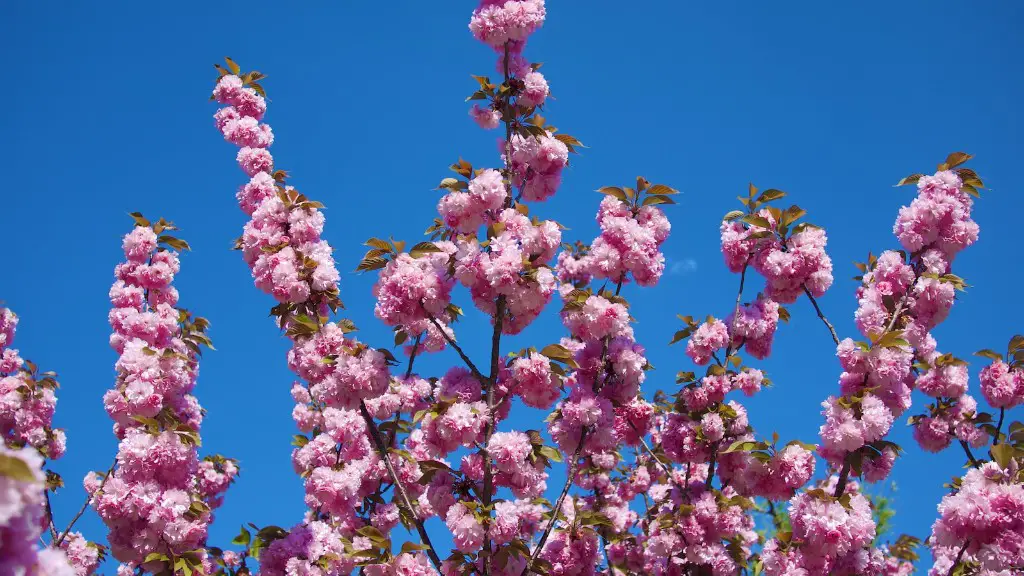Can I Grow an Avocado Tree in New York?
You may have heard of the classic Latin American dish – guacamole – made from fresh avocados. But have you ever considered growing your own avocados in New York? Growing a tree may not be as impossible as you think in this climate – especially if you take the right steps.
Avocados do like to be kept in warm, humid environments. The perfect temperature range is between 50 to 95 degrees fahrenheit (10-35 celsius) which, unfortunately, is not what you are going to get in New York. But with the right kind of care and maintenance, you can still try your luck at growing a tree.
Light Conditions
Like most plants, avocados need quite a lot of light. They can survive in partial shade, but will do best if placed in a location where they can receive as much direct sunlight as possible. A south facing window is usually ideal. If you opt for a location outside, ensure that it does not experience glare or excessive wind.
Watering
Avocados respond best to moderate watering – not too much and not too little. During the wintertime the tree may need more water, while in the summer you need to be careful not to over water it. Experts suggest feeling the soil around the tree and consulting a thermometer – if the soil is dry, water it. Furthermore, make sure to not water the leaves, as this can increase the risk of disease.
Fertilizing
Fertilizing is essential to growing avocados in a climate like New York. Begin fertilizing during winter with a fertilizer that is high in nitrogen and phosphorus, and then switch to a general fertilizer when growth begins in the spring. An additional fertilizer with potassium is recommended, especially for fruiting avocados. Or, for the truly green minded, you can opt for composting.
With the right preparation and care, it is possible to grow an avocado tree in New York. While it is no easy task, and the tree may not ever produce fruit, it can still be a rewarding and enjoyable experience. All things considered, there is no harm in giving it a try.
Artificial Pollination
Although it is quite possible to grow an avocado tree, the probability of it producing fruit decreases the further north the tree is planted. This is because the climate in the northern states is not ideal for the natural pollination of avocados by bees and other insects. To ensure that your avocado tree continues to grow, one solution is to opt for hand or artificial pollination.
This is done by using a dwarf variety and grafting it to the existing tree. This works to improve the chances of proper pollination and increase the likelihood of producing a fruit. Another option is to use a pollinator to hand-pollinate the flowers, thereby increasing the chances of fruit production.
When attempting to pollinate, it is important to remember that avocados are classified as either type A or type B. The type A flowers open during the day, while the type B flowers open at night. For successful pollination, you need a tree of both types in order to get the two to cross-pollinate.
Regardless of which method you choose, it is important to be mindful of the fact that pollination may not always be successful. This is why it is crucial that you give your avocado tree the best chance of survival by providing it with the proper light and watering, and by fertilizing it properly.
Care and Maintenance
Once the avocado tree has been successfully established, it is important to continue providing the necessary care and maintenance in order to ensure its longevity. During the winter season, when frost is expected, it is recommended to cover the tree with burlap or insulation to protect it from the cold. This will reduce the chance of damage to the tree.
Avocado trees also need regular pruning in order to promote healthy growth. Tip pruning is the best way to achieve this, as it removes the tips of the branches and encourages a denser, healthier canopy. The tree should be inspected regularly in order to identify any signs of disease or damage, and the soil should be checked to make sure it is draining correctly.
Importance of Patience
Avocado trees are generally slow-growing. As such it can take several years for the tree to begin producing fruit, if it does not get pollinated. It is important to remember to be patient and give the tree time to grow and produce. Even if it does not bear any fruit, simply having a healthy, thriving tree can be satisfying enough.
Gardening in New York can be quite a task, but it can still be done. With the right preparation, upkeep and patience, you have a shot at growing an avocado tree that can thrive. While it may not be the best climate for such a plant, it is worth a shot if it meets your fancy.
Choosing the Right Plant
When you are attempting to grow an avocado tree in New York, you should take the time to select the right kind of tree. It is recommended to choose a type that is cold-hardy and best suited for the climate. Some of the more popular cold-hardy varieties include ‘Hass’, ‘Fuerte’ and ‘Reed’. These varieties have been known to do well in colder climates and produce fruit when properly cared for.
In order to get the best results when planting, do some research and read up on the different varieties offered. Make sure to consult reliable sources, such as experts in the field or experienced gardeners who can provide valuable insights and tips.
It is also important to take the time to plan and prepare the soil correctly. This involves clearing any grass and weeds, improving the quality of the soil, and ensuring that the soil is fertilized and well-draining. Doing some research on the best soil and fertilizer for the region can go a long way in helping you prepare the soil in the most optimal way possible.
Adapting to the Climate
When growing an avocado tree, you must also take into account how the climate will affect the tree. Be mindful of the fact that, in New York, the flowers may simply freezebreak, resulting in no pollination. To avoid this, it is recommended to plant the tree in warmer, protected areas, such as enclosed balconies.
You can also attempt to protect the tree by covering it with a cloth in the event of prolonged frost. The best time to plant is in the springtime when the weather is more mild and the risk of frost is lower. Planting in late winter or early spring can also give the tree a better chance at survival.
Overall, with some preparation, dedication and patience, it is possible to grow an avocado tree in New York. While it is no easy task, the experience can be incredibly rewarding. When done right, you can have a beautiful, healthy tree that is sure to give you joy.
Potential Problems
Though you may take all the necessary steps to ensure that your tree thrives, it is important to keep in mind that there is always a chance of failure. Even if you manage to get the tree off to a good start, there are a number of other problems that can arise and threaten the tree’s survival.
One of the most common issues is root rot, which is caused by fungi in the soil. Plants are also prone to a variety of pests, such as scale, whiteflies, and spider mites, which can cause damage to the leaves and flowers. It is therefore important to conduct regular inspections and take any necessary preventive measures in order to keep the tree healthy.
In addition, you should also be aware of the potential threat of disease. Avocado trees are particularly susceptible to a number of bacterial and fungal infections, such as Persea mite and bacterial spot. If the conditions are right, these infections can spread rapidly and lead to the death of the tree.
Though it is not impossible to grow an avocado tree in New York, it is important to remember that there is no guarantee of success. Though you may be hopeful, it is best to proceed with caution and keep in mind the potential risks that may arise.
Conclusion
Gardening can be a fun and rewarding experience – especially when it comes to growing an avocado tree. You may have heard that it is impossible to grow one in New York, but this is not necessarily the case. With the right preparation and dedication, it is possible to nurture a healthy tree that may even bear fruit.
Though it requires a considerable amount of effort and patience, it is worth giving it a shot. With proper care and maintenance, you can create a joyous and beautiful addition to your home that can certainly bring you satisfaction. Just be mindful of the potential risks and you might just be pleasantly surprised.



